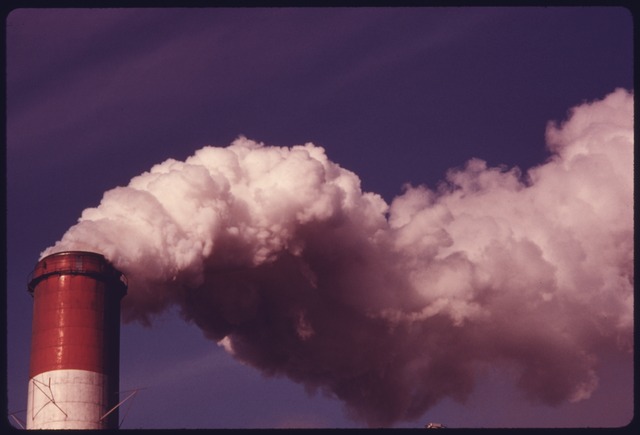Researchers caution that if worldwide climate change targets are to be realized, consumers in the wealthier, industrialized countries will have to accept limitations on their energy use. The research team, led by Milena Büchs, professor of sustainable welfare at the University of Leeds, examined various situations in order to find a viable remedy, and their findings were published in the journal Nature Energy. One solution is to set a limit on the top 20% of energy consumers while allowing others with low energy consumption and incomes to raise their levels of consumption and improve their standard of living.
The researchers created a model to predict the effectiveness of this technique for reducing energy usage using data from 27 European states. They discovered that it would reduce greenhouse gas emissions by 16.8% from transportation, 11.4% from home energy sources, and 9.7% from overall energy usage. Allowing those living in poverty to consume more energy would only have a minor impact on these emissions reductions – 1.2 percentage points for residential energy, 0.9 for transportation, and 1.4 for overall energy consumption. It would make it possible for those who are less fortunate to fulfill unmet requirements, such as heating their homes sufficiently.
"As a result, energy demand must be decreased. That is the unavoidable truth. Reducing energy demand, according to experts on the UN's Intergovernmental Panel on Climate Change, could result in between 40% and 70% of the emissions reductions needed by 2050.

